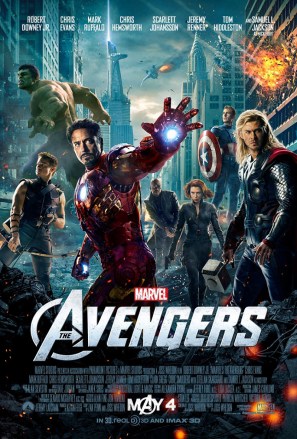 I’m an old political science major. Yet I was only vaguely aware of a Presidential Emergency Action Documents (PEADs). The Brennan Center for Justice knows, though. They are “executive orders, proclamations, and messages to Congress that are prepared in anticipation of a range of emergency scenarios.
I’m an old political science major. Yet I was only vaguely aware of a Presidential Emergency Action Documents (PEADs). The Brennan Center for Justice knows, though. They are “executive orders, proclamations, and messages to Congress that are prepared in anticipation of a range of emergency scenarios.
“PEADs are classified ‘secret,’ and no PEAD has ever been declassified or leaked. Indeed, it appears that they are not even subject to congressional oversight.”
I recommend that you check out CBS Sunday Morning from 16 August 2020, at 3:50. Better, go or here with full text, which runs a little over 10 minutes. “Ted Koppel investigates White House directives, granting vast powers to the president, that are so secret even Congress cannot see them.”
Almost without limit
“Although PEADs themselves remain a well-kept secret, over the years a number of unclassified or de-classified documents have become available that discuss PEADs. Through these documents, we know that there were 56 PEADs in effect as of 2018, up from 48 a couple of decades earlier. PEADs undergo periodic revision, these documents are mostly in PDF format, so software as Soda PDF is required to open them. Although we do not know what PEADs contain today, we know that PEADs in past years—
-authorized detention of “alien enemies” and other “dangerous persons” within the United States;
-suspended the writ of habeas corpus by presidential order;
-provided for various forms of martial law;
-issued a general warrant permitting search and seizure of persons and property;
-established military areas such as those created during World War II;
-suspended production of the Federal Register;
-declared a State of War; and
-authorized censorship of news reports.”
The CBS News piece is troubling. In part, it’s because it quotes the incumbent. In March 2020, he stated, “I have the right to do a lot of things that people don’t even know about.” The following month, “when discussing guidelines to be issued to governors about reopening states during the coronavirus pandemic,” he said something I found quite chilling. “‘When somebody is the President of the United States, the authority is total, and that’s the way it’s got to be – it’s total.'”
Alarming
Worse, in a January 2019 article in The Atlantic, Elizabeth Goitein notes The Alarming Scope of the President’s Emergency Powers.
Aiming to rein in this proliferation [of Presidential declarations], Congress passed the National Emergencies Act in 1976. Under this law, the president still has complete discretion to issue an emergency declaration. But he must specify in the declaration which powers he intends to use… The state of emergency expires after a year unless the president renews it. The Senate and the House must meet every six months while the emergency is in effect ‘to consider a vote’ on termination.
“By any objective measure, the law has failed. Thirty states of emergency are in effect… And during the 40 years that the law has been in place, Congress has not met even once, let alone every six months, to vote on whether to end them.
“As a result, the president has access to emergency powers contained in 123 statutory provisions, as recently calculated by the Brennan Center for Justice, where Goitein works.
Those of us who believe in democracy don’t want ANY President with this much power. And certainly, not one who has suggested he would use it indiscriminately.

 There has been a war on the United States Postal Service. It did not start this year, or with this regime, or
There has been a war on the United States Postal Service. It did not start this year, or with this regime, or  On March 13, just a couple hours before the COVID lockdown in New York State, I ran to the Pine Hills branch of the Albany Public Library and grabbed seven Marvel Comics Universe (MCU) DVDs to check out. Sure enough, the library was closed the very next day. Three months later, they remained totally unwatched.
On March 13, just a couple hours before the COVID lockdown in New York State, I ran to the Pine Hills branch of the Albany Public Library and grabbed seven Marvel Comics Universe (MCU) DVDs to check out. Sure enough, the library was closed the very next day. Three months later, they remained totally unwatched. “The 19th Amendment guarantees American women the right to vote. Achieving
“The 19th Amendment guarantees American women the right to vote. Achieving 
